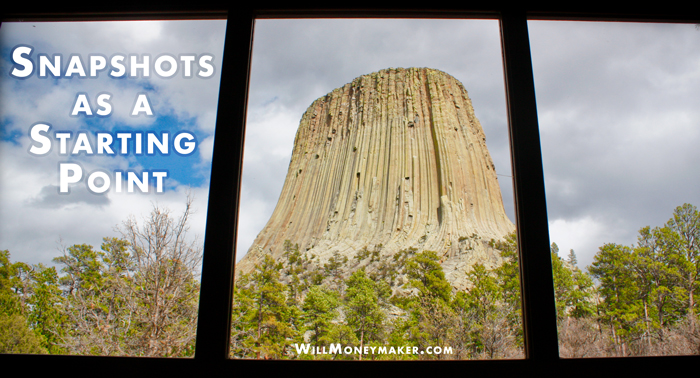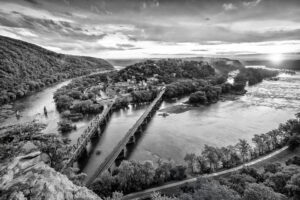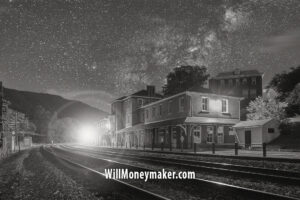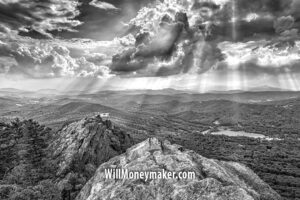Some days, I wake up with my camera bag packed and a detailed plan in my head. Other days I only feel a quiet pull to get outside and look around. When that softer feeling settles in I call it a snapshot day. No big project. No pressure. Just me, a camera, and the road. These unplanned outings have become one of the most useful habits in my creative life. Here is how I turn them into photographs that matter.
Let Curiosity Lead
On a snapshot day I give myself permission to wander. I drive a back road I have never taken or stroll through a park that is new to me. I stop whenever something catches my eye. I take quick frames without fussing over settings. The goal is not museum-ready art. The goal is information and inspiration. A crooked fence, an abandoned filling station, an unexpected shaft of light in a quiet grove. Each click is a note I can study later.
Photograph Wide and Close
I start with an establishing view so I can remember where I was. Then I step closer. I look for textures, patterns, and the small details that tell a hidden story. Rust on a hinge, peeling paint on a window sash, weeds pushing through cracked pavement. I work quickly. If the exposure is rough I do not worry. These files are raw material.
Build a Visual Map
Back at home I copy every frame into a single folder. I open them as a simple slide show. No editing yet. I watch for gaps. Did I miss a view from the other side of the hill. Would sunrise light be better than afternoon haze. I add notes to a small paper notebook. Gear that might help next time. Weather that could change the mood. Angles I still want to try.
Learn the Story of the Place
A snapshot can raise questions. Who built that empty store on the county line. Why did the rail spur collapse into the creek. I spend an evening searching local history sites or paging through an old atlas. The facts I find shape my next visit. Knowing that a barn once sheltered dairy cows makes me look for worn grooves in the floorboards. Learning that a bridge carried coal trains changes the way I frame the metal trusses against the sky.
Plan the Return
After a week or two I look through the folder again. By now patterns emerge. I choose a few images that still feel alive and turn them into a loose shot list. Then I plan a focused trip. Right lens for the angle I missed, tripod for better depth, maybe a light panel to lift shadow under a porch roof. I set a day and a time and return with purpose.
Make the Photograph
The second visit is slow and deliberate. I walk the scene with the shot list in hand but I stay open to surprises. Light shifts. Clouds roll in. A new detail appears. I work through every idea the snapshots suggested. Finally I head home with files that feel intentional. They carry a sense of place that only patience can reveal.
Reflect and Refine
When the new files are safe on the drive I compare them to the first batch. I see where I improved and where I can still push further. Editing becomes easier because I understand the story behind each frame. Sometimes I schedule a third visit. Good work often needs one more conversation with the landscape.
Why Snapshots Matter
Snapshots may look casual but they keep the creative engine running. They let beginners practice without fear of failure and they help seasoned photographers stay curious. Most important they remind us that every finished photograph begins with a simple act of looking.
So the next time inspiration feels distant, take the camera anyway. Wander. Gather snapshots. Let them guide you back for the photograph you did not know you were looking for.





